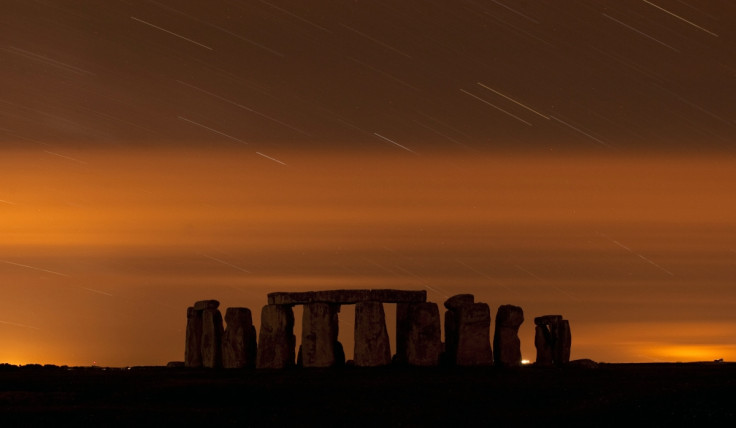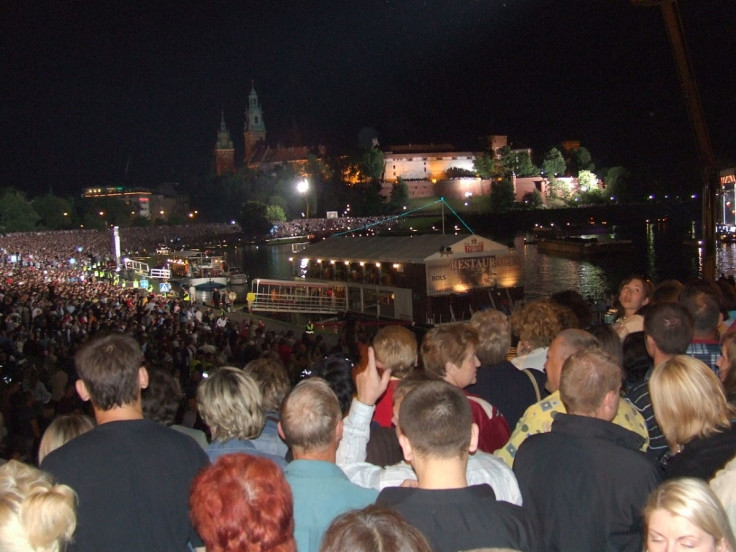Summer Solstice 2014: What is its Significance and How is it Celebrated Around the World?

The summer solstice is set to take place this weekend, marking the first day of the summer season in the northern hemisphere with the longest hours of daylight.
On Saturday 21 June, the annual solstice occurs when the sun's zenith is at its furthest point from the equator. At this time, the sun reaches its northernmost point while the Earth's North Pole tilts directly towards the sun, at about 23.5 degrees.
Derived from the Latin word "solstitium", solstice means "sun-stopping", after the point at which the sun appears to rise and set, stops and reverses direction after this day.
In ancient times, solstices and equinoxes were important in guiding people to develop and maintain calendars, as well helping to understand the seasons and weather, which would help maintain crops. An infographic on Live Science explains the equinoxes and solstices and the changing seasons.
The solstice and midsummer period is traditionally celebrated by Pagans, although it is also celebrated by other religions who pay tribute to birth, life and nature. Many Christian denominations celebrate the birth of Saint John the Baptist around the solstice, although according to the Christian church, the official date is 24 June.

What is the significance of the summer solstice?
Speaking to IBTimes UK, Dr Duane Hamacher, professor of cultural astrology at the University of New South Wales, said solstices were an important and integral component of many global cultures.
"Many of the megalithic stone arrangements around the world marked the summer and winter solstices, which represent the longest and shortest days of the year, respectively.
"Examples around the world abound and each culture assigns a distinct meaning to this event. But it is clear that global cultures today and in the distant past were keen observers of the sky and marked the rising and setting positions of the sun during the solstices as very special and sacred events - typically to develop calendars."
In Australia, Dr Hamacher added, the Watharung Aboriginal people of Victoria built a stone arrangement called Wurdi Youang (meaning big hill) that "marked the position of the setting sun at the solstices and equinoxes".
How is it celebrated around the world?
Over the centuries, the June solstice has become a time for festivals, celebrations and traditions.
In the UK, Stonehenge is an ancient prehistoric site and has been a place of worship and celebration during the summer solstice.
In South America, the Inca Empire held the Inti Raymi festival at the June solstice, which is midwinter in the southern hemisphere. Meanwhile, native American medicine wheels - a symbol of indigenous North American culture - is often pointed to the position on the horizon of the rising sun at the solstices.
"In other places, special tombs or caves were built that took advantage of the shadow cast by the sun at certain times of the day during solstice," Dr Hamacher explained.

"An example is the 'sun dagger' site in Chaco Canyon in the American southwest. Even the tower of Jericho is believed to mark the June solstice."
In Iran, Jashn-e Tiregân, or the feast of Tiregan, is an ancient festival which coincides with the midsummer. Celebrated by some Iranian Zoroastrians and Muslims in the Mazandaran and Arak provinces.
Traditionally, adults and children tie rainbow-coloured bands on their wrists for ten days, before they are removed and thrown into streams – to celebrate children and new life.
Worldwide, and particularly in Scandinavia and the Baltics, St John's Day is celebrated between June 21 and June 25. In Finland, the date is known as Juhannus, when bonfires are burned and feasts take place.
In Sweden the Midsummer is such an important festivity that it has been suggested Midsummer's Eve be declared the National Day of Sweden.
Ivan Kupala Day, or Kupala Night, is celebrated in Russia, Ukraine and Belarus, after a pre-Christian goddess of fertility and sexuality in Slavic mythology.
In Poland, Wianki takes place annually in the city of Krakow. Since 1992, the event has taken place in the bend of the Wisła river. The festival was primarily a pagan religious event, although the tradition continued after Christianity was adopted by the country. Celebrations include fortune-telling, laying wreaths on water, jumping over bonfires or burning herbs.
© Copyright IBTimes 2025. All rights reserved.






















